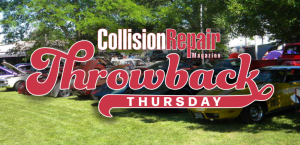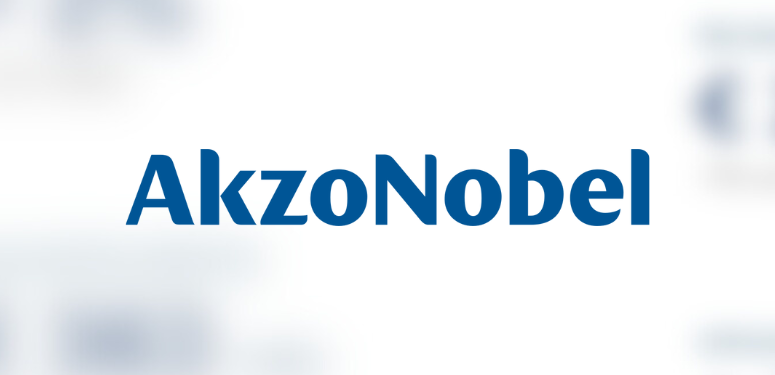By CRM staff
Toronto, Ontario — July 21, 2018 — If its effects on the industry were a four-act play, the North American market would just be returning from the intermission—at least according to veteran industry analyst Brad Mewes.
Two weeks ago, during his presentation at the 2018 IBIS summit, Mewes drew heavily from a widely regarded economic theory called the consolidation curve, suggesting that consolidation in the North American sector was undergoing a fundamental—and inevitable— transition. If that sounds terribly technical, don’t worry. As Mewes puts it, “Industries evolve in a very predictable way over time.”
For the benefit of readers unfamiliar Graeme K. Deans, Fritz Kroeger and Stefan Zeisel 2002 Harvard Business Review article ‘The Consolidation Curve’, we have included a cheat sheet below this article. In brief, however, the basic idea is that consolidation strikes in four phases—opening, growth, focus and balance.
In the opening stage, early entrants into an industry protect their ‘first mover’ advantage by aggressively pursuing growth. In the second stage, growth, major players begin to turn their size advantage towards swallowing smaller competitors en masse. In the tertiary period, established industry behemoths focus on streamlining businesses and merging with other ‘great powers’. In the final stage, balancing, the near-total market dominance of a few businesses discourages them from pursuing growth-oriented strategies and encourages making non-aggression pacts with their peers.
If Mewes’ assertion is true, it would suggest that the major players in the North American collision repair market are going to redirect efforts away from swallowing up individual shops, and towards business streamlining and ‘mega buyouts’ of other big players. To make this point, he referred delegates to the industry’s position in 2015. Then, with market leaders growing at a 33 percent-per-annum pace, ambitious consolidation strategies had investors pouring in equity.
“It was an intense period of growth and opportunity,” Mewes said. “Today, growth is far more strategic.”
In making his case, Mewes pointed to changes in North America’s largest franchises growth rates. While the pace for the ‘big four’ may have slowed, at 26 percent per annum, it is hardly sluggish. In fact, for two Canada-based members of the ‘big four’ club, the Fix Auto Network and Carstar, Mewes describes them as being “very active in the market.”
Nor has the availability of investor capital slackened. Mewes describes the fiscal situation today as featuring an “unprecedented amount of capital and dry powder[liquidity].”
But where in 2015, the big players were using capital reserves to fund acquisitions of small-scale facilities, today, they are often being used to pay down debt, and make improvements to existing operations—which, if the consolidation curve is of any use as a predictive tool, could be harbingers of a greater shift in strategy.
According to Mewes, the big players will soon start shedding the less profitable sides of their business, the profits filling the war-chests required to complete massive buyouts—with the possibility of huge cross-border or transatlantic a distinct possibility.
Crib Notes: The Industry Consolidation Life Cycle
Stage 1: Opening. In this stage, the status quo of the market abruptly ends—often after the collapse of a monopoly, or a game-changing technological shift. As businesses more able to thrive in the new market conditions arise, they must secure growth by aggressively buying-out competitors. Rather than pursue profits, their focus is on revenue growth.
Stage 2: Scale. With the major players already carving out huge chunks of the market, they compete with one another to buy out the minor players. Consolidation is ferocious, and the profitability relative profitability of selling pushes many smaller firms out of the market.
Stage 3: Focus. Saddled by the costs of rapid expansion, the big companies turn away from the increasingly expensive process of buying out smaller competitors. Now, they turn inwards, streamlining their businesses and refocusing on debt reduction and capital growth. Here, the cost of inefficiency weans out over-leveraged behemoths, allowing them to be bought out in so-called mega buyouts.
Stage 4: Balance. With the market heavily dominated by only a few companies, efforts at significant growth are eschewed for efforts to encourage market predictability. While the rise of Stage 4 businesses was fueled by their judicious growth, their fall comes from complacency. Investor interest is typically secured through dividends, and internal development is focused on continuous adaptation to the slightest shifts in the market, lest a sudden change break the well-established foundations of the business.





































